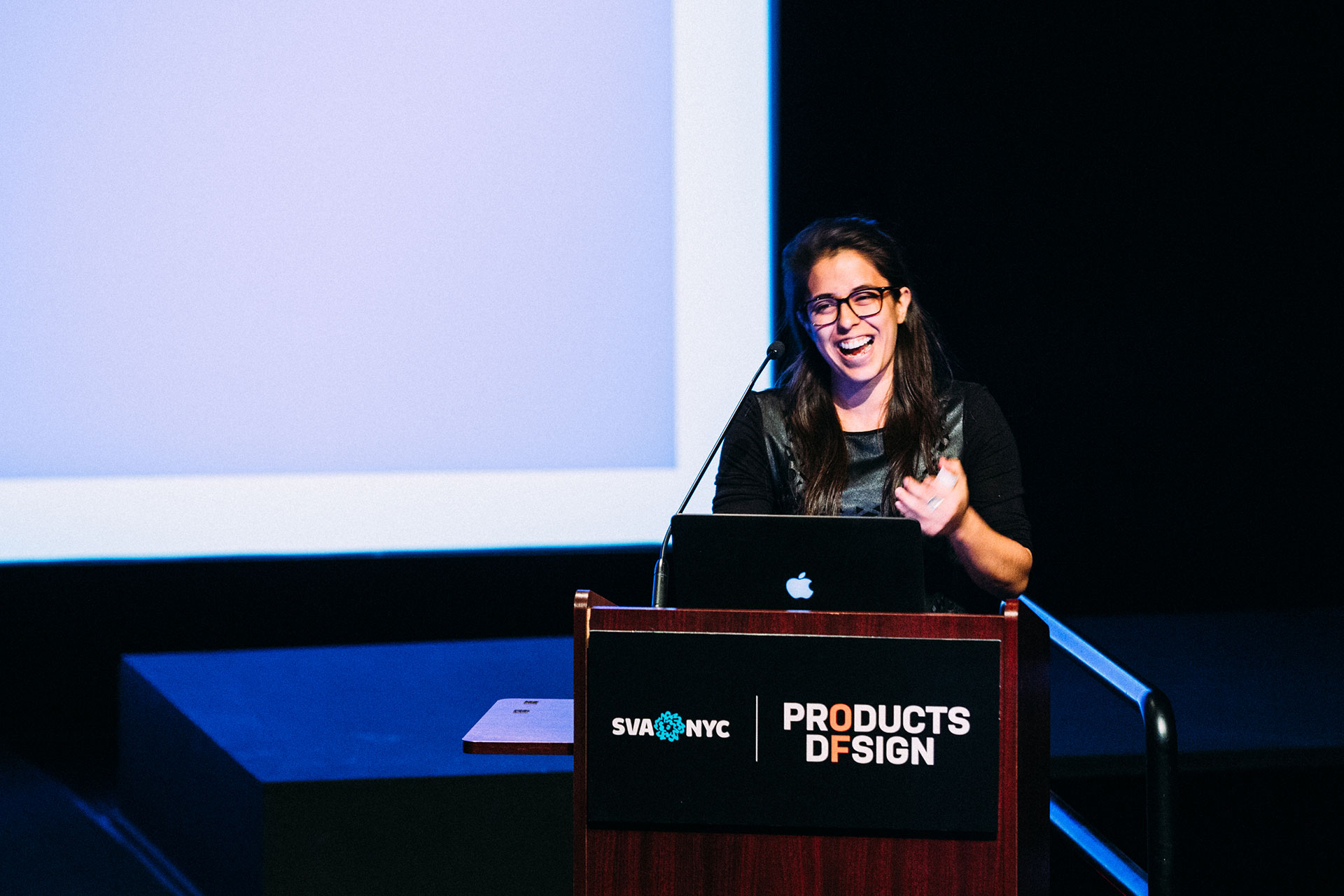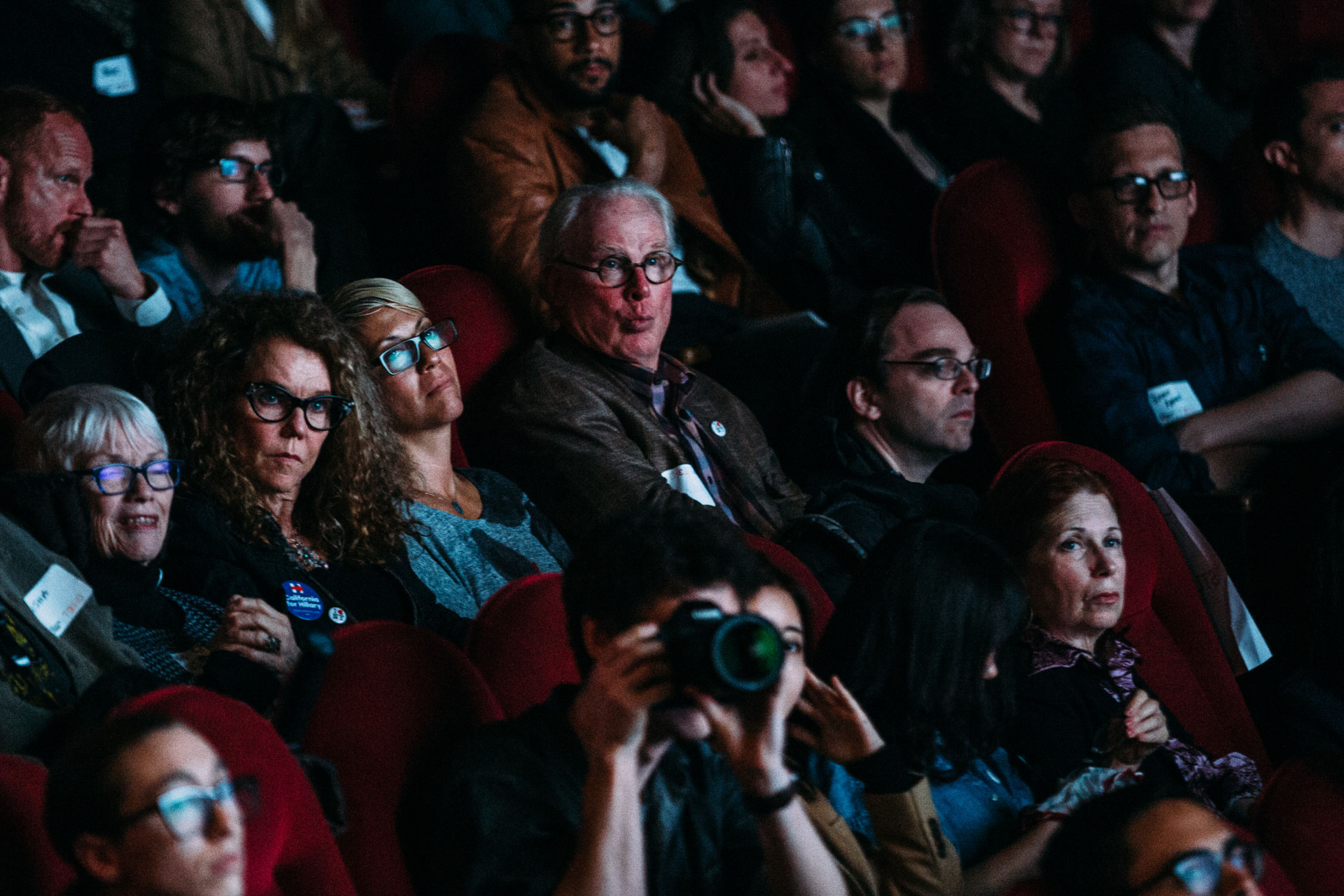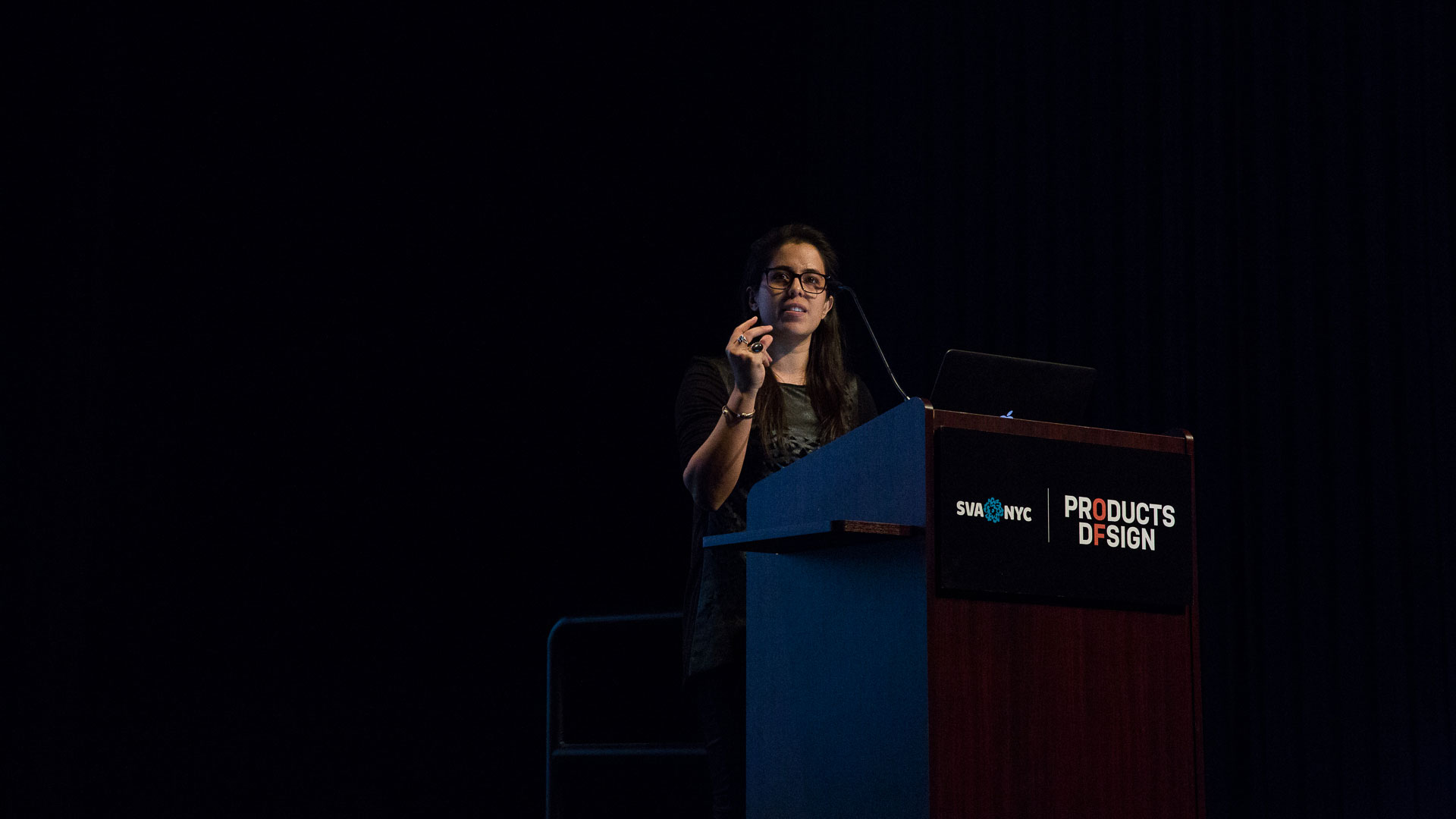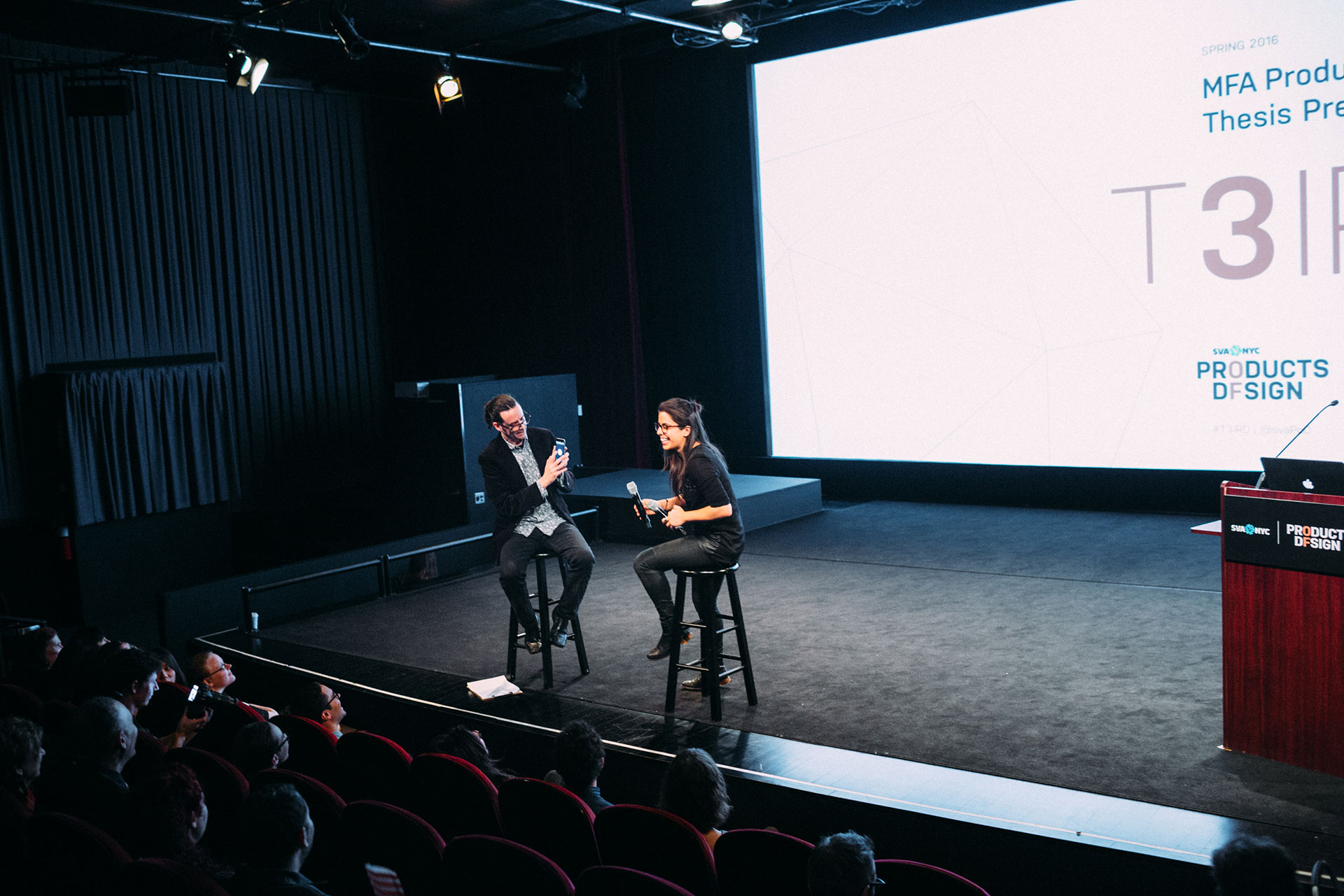RE-MIND: Re-evaluating ADD & ADHD in aQuick-Fix Society
Product and Experiential Designer Belen Tenorio’s thesis, Re-Mind, explores productivity, and re-evaluates Attention Deficit Disorder and Attention Hyperactivity Disorder in the context of a quick-fix society that too eagerly medicates individuals.










Her thesis journey began after she interviewed people with ADD and ADHD and identified “how many ‘ADD-ers’ and ‘ADHD-ers’ go downhill due to the use of stimulants.” One user, Catleen, reported to Belen she had a breakdown in college because of the use of stimulants—to the point where she almost ended her own life. Belen identified the urgency within this territory, and felt very attached to this topic since she herself has ADD. (More than 80 million people worldwide have been diagnosed.) Belen saw how painful it can be to overcome social constructs if an individual is not identified as 'normal.' “I needed to contribute to society through my design skills; this is a problem that really needs to be addressed,” she argued.
Belen identified the urgency within this territory, and felt very attached to this topic since she herself has ADD.
Belen’s thesis began with an intensive literature review and research phase where she spoke to experts about stimulant consumption, stigma, and the very existence and classification of ADD and ADHD as 'disorders.' She also interviewed experts about the struggle that most people go through on a daily basis when having the disorder. When Belen read that one of her subject matter experts, Jay Parkinson, stated that ADD and ADHD is a fictitious disease, she wanted to prove him wrong. But as her thesis progressed, she realized more and more that "Attention Deficit only means Different Perception"—coined by Thom Hartmann in his book The Edison Gene. Supported by scientific research, Belen strongly believes that “it exists—but it’s like being left handed. Whether it should be called a disorder or not, that’s a different story.”
What became central to Belen’s work was a 2015 study showing that people with ADD and ADHD need to “double task” in order to focus. Dustin Sarver, at the University of Mississippi Medical Center, is one of the leading authors of this theory. “We think that part of the reason [double tasking helps] is that when they're moving more, they're increasing their alertness.” And according to Roland Rotz and Sarah D. Wright, authors of Fidget to Focus, Double Tasking is necessary for some individuals to focus; the additional sensory input or movement activity allows their brain to become fully engaged on their primary activity.
In Belen’s explorations, she wanted to showcase how important the tacit knowledge of everyday objects is to ADD-ers and ADHD-ers. (See the video below.)
Wanting to encourage double tasking through fidgeting, Belen created a set of quality fidget tools called Didgets. Didgets allow discreet fidgeting inside classrooms, meetings, and lectures. Belen created a set of four in the first iteration—each designed for specific tactile preferences.
Wanting to encourage double tasking through fidgeting, Belen created a set of quality fidget tools called Didgets.
The SQUISHY
The SQUISHY is perfect for individuals who like to squish things with their hands. It can be manipulated between the thumb and two fingers, or simply between the palm and multiple fingers.
The ROLLER
he ROLLER is perfect for “full hand movement enthusiasts,” Belen offers. “It’s soothing motion involves every bit of the hand—right to the fingertips—and users can roll forward, backward, or a bit of both!”
The CUBIX
he CUBIX "has something for everyone.” Users can push, pull, click, squeeze or rotate the device. “And it even has the classic dish-shaped concavity on one side that references traditional worry stones,” Belen adds.
Check out the the video below to see the prototypes in action.
“What would happen if you could re-frame the cellphone—the biggest distractor but the one device you carry with you 24/7—as a fidget device?”
Didgets Website
When designing the website for Didgets, Belen wanted to stay away from “labels” and how they can affect people’s behavior. So she built in a playful UX-UI experience: Here, the interaction design invites you to immerse yourself into the world of tactile cues—welcoming the idea of fidgeting with your hands. “On the website’s first module, we can see the experience I orchestrated for users who are about to choose the perfect fidget object—based on their movement of preference. Are you a person who likes to squish things, for example? How about clicking? Or twirling?” it asks.
Fidget.xyz app
“Of course,” Belen argues, “people get distracted by mobile notifications as well.” She thought, “What would happen if you could re-frame the cellphone—the biggest distractor but the one device you carry with you 24/7—as a fidget device?” With the help of Alex Castillo, Danielle Kisza, and Josh Corn, she went ahead and coded fidget.xyz where a user can repeatedly tap on their phone’s screen, building up the number until they decide to stop. At that point, but app calculates the total number of taps and reveals it to the user. Take a look at the video, and try the app yourself here.
When Belen user tested fidget.xyz, the response was overwhelming: “Non-techy people disliked it, complaining that the fidgets were seamless movements from the body, and that doing it intentionally was non-intuitive.” But the people who loved it used the app as a meditation tool—“when they were about to overreact in a stressful situation.” Further investigation revealed that Belen was forgetting about an important component of fidgeting: proprioception—the movement and spatial orientation that arises from stimuli within the body itself.
Belen asked, “Can fidgeting be an effective tool for measuring emotional state—as well as productivity? What can this data tell us about who we are? What about our circadian rhythms? And can we modify our day-to-day patterns based on what our body is telling us?”
She found the research challenging, because people with ADD and ADHD are on a spectrum. Where people fall on that spectrum can vary, and stimulants and environments can further modify their behavior. Indeed, some people don’t even know they have ADD. Belen was curious to create a research probe, so following the taxonomy of our thumb’s movement, she created Locus—“a smart object for smart fidgets!”
Here, a smart “clicker” is connected to a platform that allows you to measure your productivity based on the number of clicks you make at specific times throughout the day.
“We live in a time where we can use data-driven science and live data technology collection,” Belen argues. “Therefore, we do not have to trust different sources or opinions to check our health status; it’s only through the close measurement of our actions that we can realize the possibilities of change. Once we have the data,” she adds, “we can look for solutions to problems.”
The Fidget Lab
Alongside this work, Belen wanted to test a couple of hypotheses: Can this fidget data be more interesting—perhaps something beyond data visualization? Could it be decoded through music? And if so, could this trigger memories of past experiences? And finally, can both ADD-er’s and non ADD-er’s benefit from double tasking?
For her Experience Design intervention, Belen collaborated with Designer Jennifer Flores, together developing INTERLUDE—a fidget lab.
Interlude’s aim was to study and analyze the behavior of ADD'ers and non ADD'ers in a set environment with set stimuli and protocols. “The technological heart of the event was the Fidget Pad,” Belen reports. (Covered in magnetic paint, the pad was connected to a makey makey tool, which linked to a browser-based GarageBand-style sequencer called sampulator.) The pad was able to produce different tunes, which were each recorded when the pad was touched.
“I used to believe that ADD and ADHD was a disorder,” Belen concludes. “What I believe now, after my explorations, is that ADD and ADHD is a Superpower.”
Here’s how the Interlude event worked: Participants were given a primary activity—to solve a maze. But while solving the maze, they were encouraged to engage in a secondary activity—the 'double task': fidgeting with the pad (and thus creating music). After completing the tasks, participants listened back to the tunes they had just produced. “When listening back, some participants were able to recall their past experiences, inflection points, and even the times when they were struggling at solving the maze,” Belen reports.
The fidget lab findings reinforced the correlation between working with our hands and increased memory and creativity, providing Belen insights that were significant, and encouraging her to take the work further. “I used to believe that ADD and ADHD was a disorder,” Belen concludes. “What I believe now, after my explorations, is that ADD and ADHD is a Superpower.”
Learn more about Belen Tenorio’s work at belentenorio.com and contact her at hirebelentenorio[at]gmail[dot]com.












